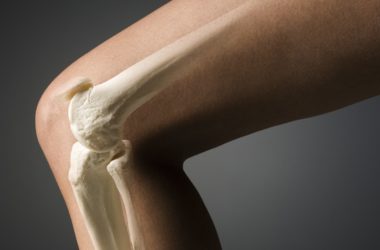A cystocele happens when the urinary bladder moves the wall of the vagina as it presses against it. Also referred to as bladder prolapse, it is commonly due to the damage brought about by vaginal birth or normal delivery of a baby. A cystocele can be easily identified by a doctor during a routine physical exam. Oftentimes, this condition occurs at the same time with what’s known as urethrocele or urethral prolapse.
Causes
Basically, what happens is the wall separating a woman’s urinary bladder from her vagina weakens. This causes the bladder to push against the vagina. Just like what’s mentioned earlier, the most common cause of a cystocele is vaginal birth because of the muscle straining involved. The condition may also be brought about by too much straining during bowel movement or lifting heavy objects.
Menopause is also regarded as a risk factor for this problem. When a woman goes through her menopause, the production of estrogen comes to a halt. This hormone is responsible for all sorts of things, and one of them is keeping the strength of the muscles around the vagina intact. It’s for this reason why menopause, in particular the absence of estrogen, can increase the likelihood of the development of a cystocele.
Signs and Symptoms
Incomplete emptying of the urinary bladder and painful urination are common symptoms of a cystocele. Some women with the condition may also suffer from unwanted urine leakages. For instance, it’s not unlikely for some urine to seep out when the afflicted woman laughs, coughs or sneezes. Just about any activity or position that applies extra pressure on the bladder may cause urine leakage if a cystocele is present. Pain during sexual intercourse is another symptom.
It’s possible for a woman with a cystocele to encounter no symptom at all. However, the symptoms may appear after a few years. There are times when a cystocele sign can be directly observed, such as when the bladder droops far enough that it reaches the vagina’s opening.
Various Grades
A cystocele is graded by a doctor based on the condition’s severity. Grade 1 is regarded as a mild case in which the urinary bladder only sinks a short way into the vagina. In Grade 2 cystocele, the bladder is drooping far enough as to reach the opening of the vagina. When the bladder is bulging out through the vagina’s opening, this is a severe case of the condition and is given a grade of 3.
Diagnosis
A mild case, such as a grade 1 cystocele, may be diagnosed by a doctor based on the symptoms provided by a woman afflicted by the condition. On the other hand, the diagnosis of grades 2 and 3 cystocele may be based by a doctor on what he or she sees in the vaginal area during a physical examination.
Medical Treatments
A cystocele presenting very mild symptoms may require no treatment at all. A doctor may simply strongly advise a woman to refrain from doing a lot of straining, such as lifting heavy objects, in order to keep the condition from worsening. If the symptoms are somewhat bothersome, the use of the so-called pessary may be recommended by a doctor. This small device that is placed in the vagina is used to keep the urinary bladder in place.
Severe cases of cystocele may require surgery in order to lift the urinary bladder back to its normal position. There are a handful of surgical procedures for correcting a cystocele, and the most common is the one wherein an incision in the vaginal wall is made and the tissue between the vagina and bladder is tightened to make the latter remain in place.
Reducing the Risk
There are certain things that should be avoided by a woman who has a mild case of cystocele or had undergone surgical treatment for the condition. She should avoid cigarette smoking. Maintaining an ideal weight is also important. Preventing constipation and steering clear of activities that cause her to strain can help a lot.













